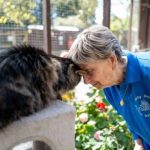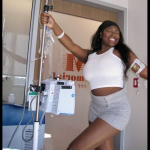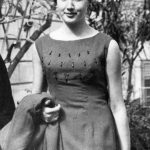Jack’s Heart Journey: Overcoming Ventricular Septal Defect
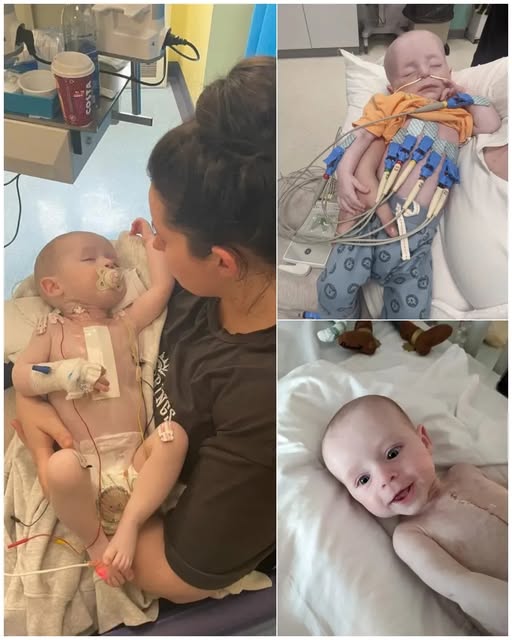
When we discovered we were expecting our first baby, the world seemed full of promise. Excited, hopeful, and eager for a smooth pregnancy, we felt every scan confirmed a healthy, normal start. There were no red flags, no concerns—just the miracle of life growing inside.
Jack arrived in May 2023, twelve days past his due date, via emergency cesarean section. The cord had wrapped around his neck, making his entrance dramatic and tense. Little did we know that this stressful start would mirror the challenging months ahead.
Bringing Jack home was pure joy—but it was short-lived. At just three days old, he struggled to feed, appeared lethargic, and vomited. We rushed him to the A&E, where he was quickly admitted to the pediatric ward. Those first hours were a blur of fear, worry, and uncertainty.
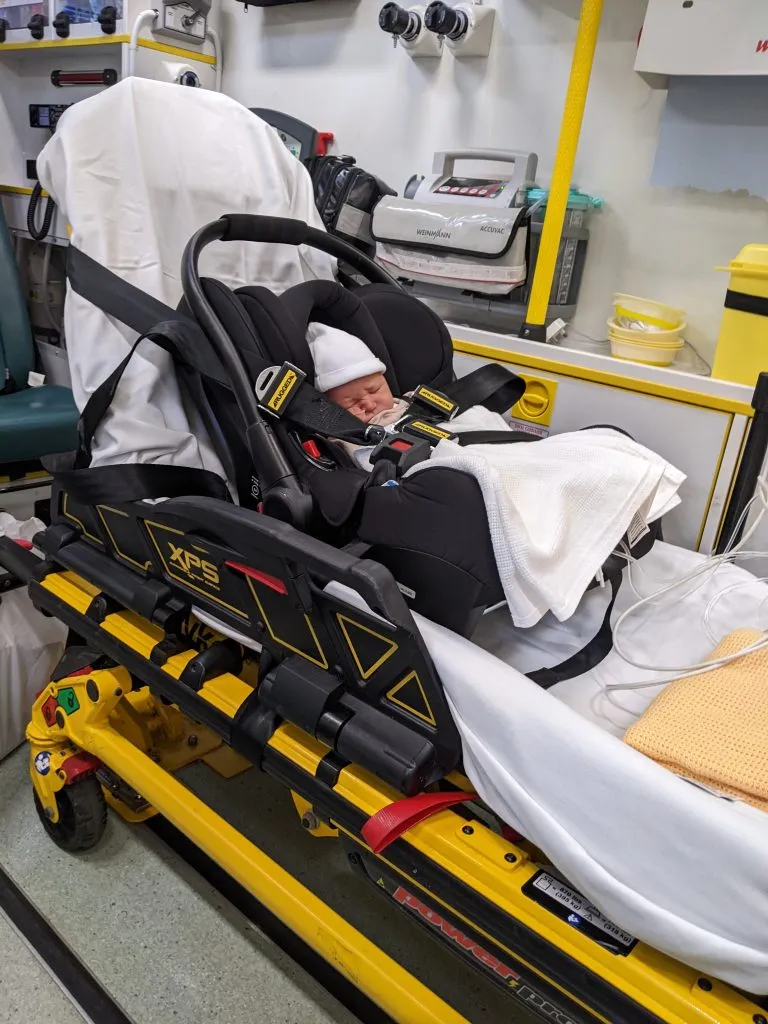
Jack underwent a series of invasive tests: lumbar puncture, blood tests, phototherapy for jaundice, NG tube insertion, cannula placement, and a chest X-ray. Each procedure was stressful, leaving us heartbroken. Doctors eventually transferred him to a larger hospital by blue light due to a suspected twisted bowel. It was there that an echocardiogram revealed the first glimpse of his heart condition.
We were told he had a “small hole.” At the time, no one used the term ventricular septal defect (VSD). Doctors reassured us it might close on its own and scheduled a re-examination for eight weeks. Yet, despite the numerous tests, no one could explain why Jack had been so unwell.
After a week, Jack improved and was discharged. Relief was tempered with unease. Feeding remained difficult, and weight gain lagged behind expectations. Our health visitor began weekly checks, but referral appointments for cardiac evaluation were slow to come.
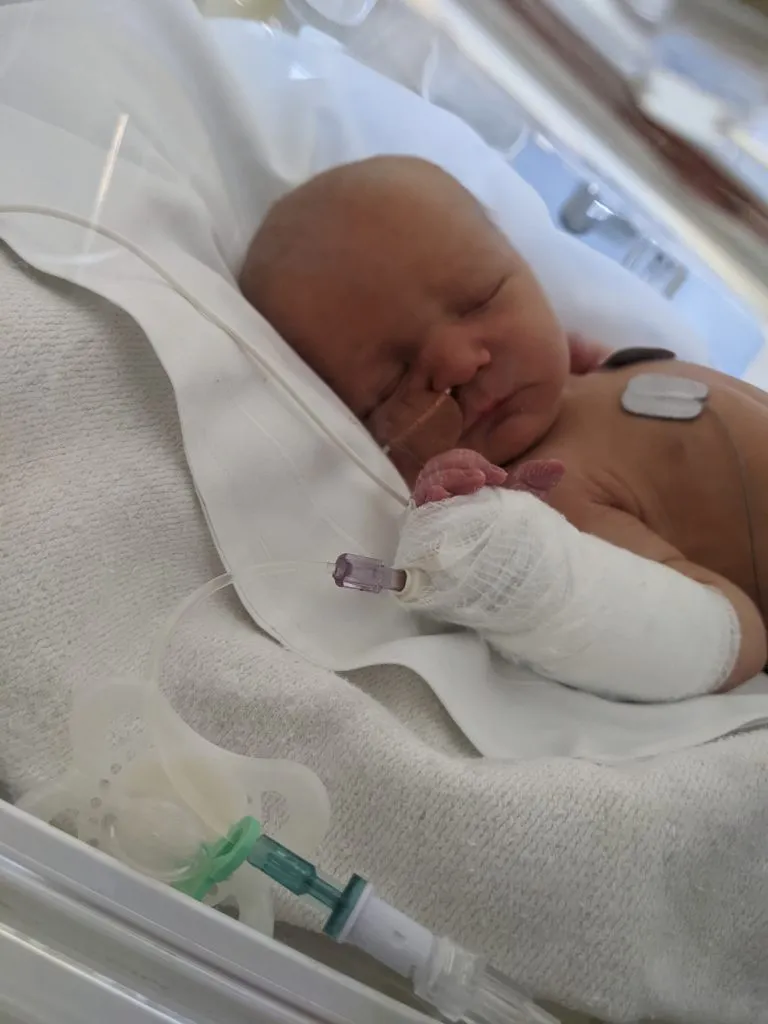
The next ten weeks were a constant struggle. Jack often fell asleep mid-feed, and his weight gain remained insufficient. Multiple GP visits provided little clarity. Some doctors suggested slow growth was normal, others blamed lactose intolerance, and one even insisted the hole had closed since the murmur was no longer audible. By the fourth GP visit, Jack had fallen off the centile chart completely, and we knew we had to insist on action.
Finally, a doctor listened. She immediately contacted our local hospital. That evening, Jack was admitted to the pediatric ward, marking the official start of his journey with VSD.
On July 25, 2023, we sat by his bedside for a heart scan. The consultant’s face spoke volumes before any words were said. Minutes later, he confirmed the diagnosis: Jack had a large ventricular septal defect. Open-heart surgery was necessary. Relief at having an answer quickly gave way to fear, confusion, sadness, and anger.

The consultant carefully explained the procedure, drew diagrams, and patiently answered every question. Though the information was overwhelming, the compassionate support of the medical team offered stability amidst the storm of emotions.
The days following involved preparing Jack for transfer to a heart center. He needed to gain strength before surgery, requiring NG tube feeding to reduce strain on his heart. At first, the routine and medical equipment were intimidating. Our home resembled a hospital ward, filled with machines, tubes, and supplies.
Emotionally, those first weeks were exhausting. Feeding through a tube made every small task feel monumental, yet we adapted over time. The focus became helping Jack reach his target weight, the key preparation step before surgery.
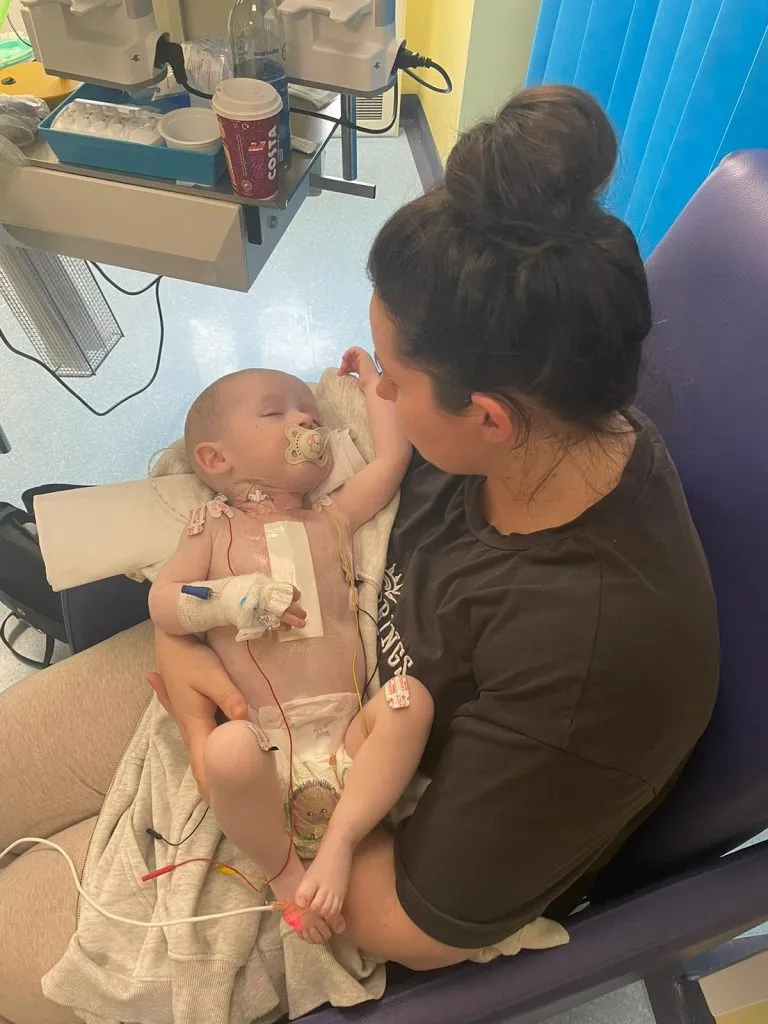
Regular check-ups followed. Each visit involved monitoring with ECGs, echocardiograms, and general observations. By mid-September, Jack had reached the necessary weight, and the cardiologist approved his inclusion on the surgical list—a small but meaningful victory amid ongoing anxiety.
Despite progress, challenges persisted. Tube dislodgements, vomiting, and constant monitoring tested our endurance. But Jack’s resilience shone through. He remained joyful, smiling, and energetic. These moments of normalcy provided strength amidst uncertainty.
Finally, a surgery date was set for October 31. The reality of an upcoming open-heart procedure brought waves of fear and anxiety. Pre-operative assessments went smoothly, but the surgery was postponed due to bed shortages—a crushing disappointment. Yet Jack’s spirit remained unshaken.
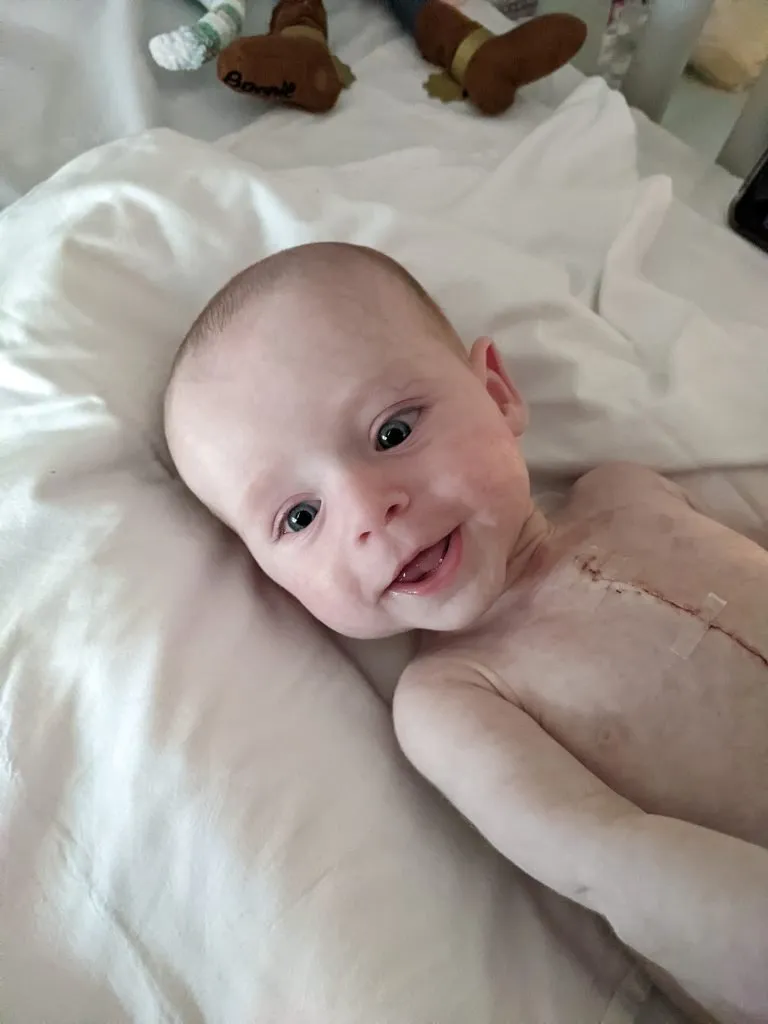
Two weeks later, a new date was confirmed: November 20. The night before surgery, only one parent could stay with him. Sitting in a small cubicle, trying to distract myself with Netflix, I struggled to manage racing thoughts and fear. Watching him sleep, I felt a deep mix of protectiveness and helplessness.
Surgery day was intense and emotional. A dedicated team of surgeons, nurses, PICU staff, dietitians, and therapists ensured Jack received the best care. After a six-hour operation and 24 hours in intensive care, he returned to the general ward. His recovery was remarkable—he bounced back far faster than we dared hope.
Nine nights later, we were discharged. Returning home never felt so joyous. Jack’s pre-operative symptoms had vanished, and he was thriving. Follow-up appointments continued, but the anxiety was now replaced with gratitude and hope.

Jack’s journey highlights the critical importance of vigilance, parental advocacy, and early intervention in congenital heart defects. From missed antenatal detection to delayed referrals, his story underscores the need for parents to trust their instincts and persist in seeking care. Jack’s resilience, paired with the dedication of skilled medical professionals, demonstrates the life-saving impact of timely, appropriate treatment.
Today, Jack is healthy, vibrant, and growing. Every step—from neonatal uncertainty, multiple hospital admissions, and complex surgery to full recovery—reflects his courage and the unwavering support of his family. His story serves as an inspiration to families navigating congenital heart disease, showing that with love, advocacy, and expert care, children can overcome serious medical challenges and thrive.
Jack is a true warrior. His journey is a testament to hope, resilience, and the power of family support. His story encourages awareness about congenital heart defects, early diagnosis, and the critical importance of trusting one’s instincts when a child’s health is at stake.








